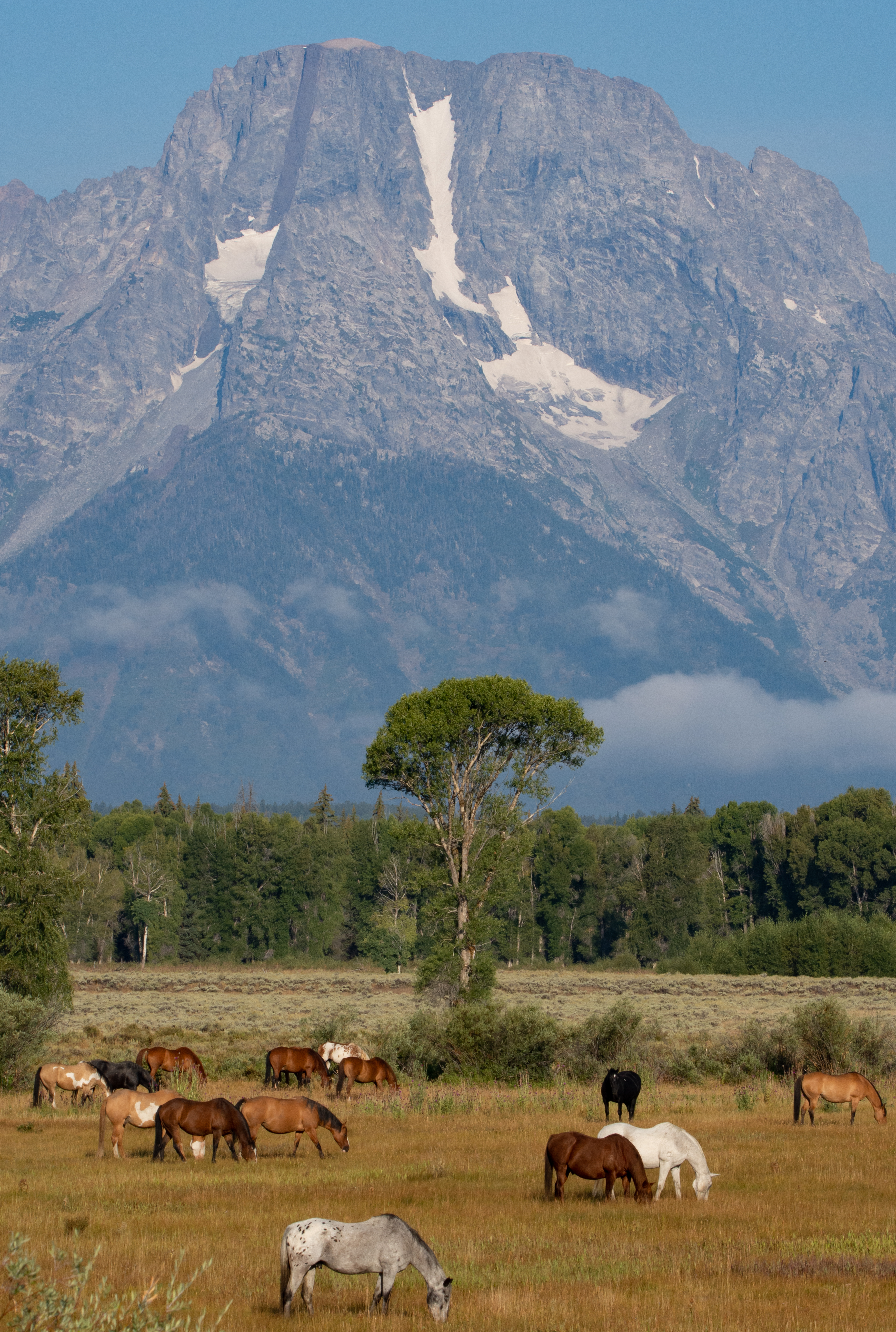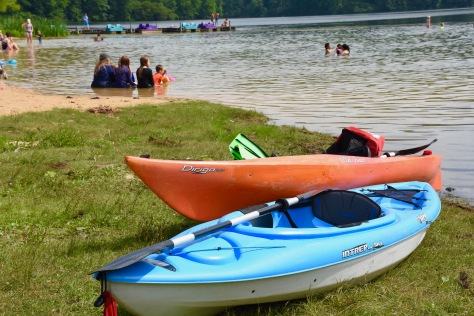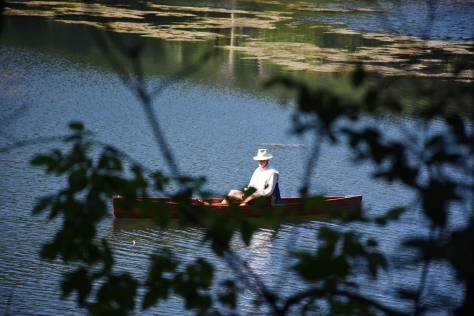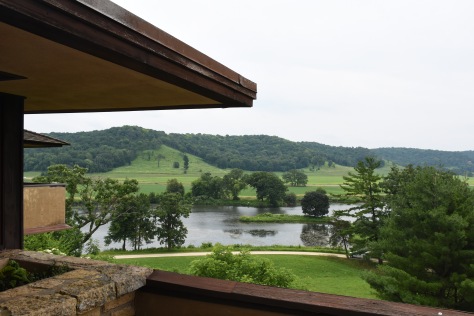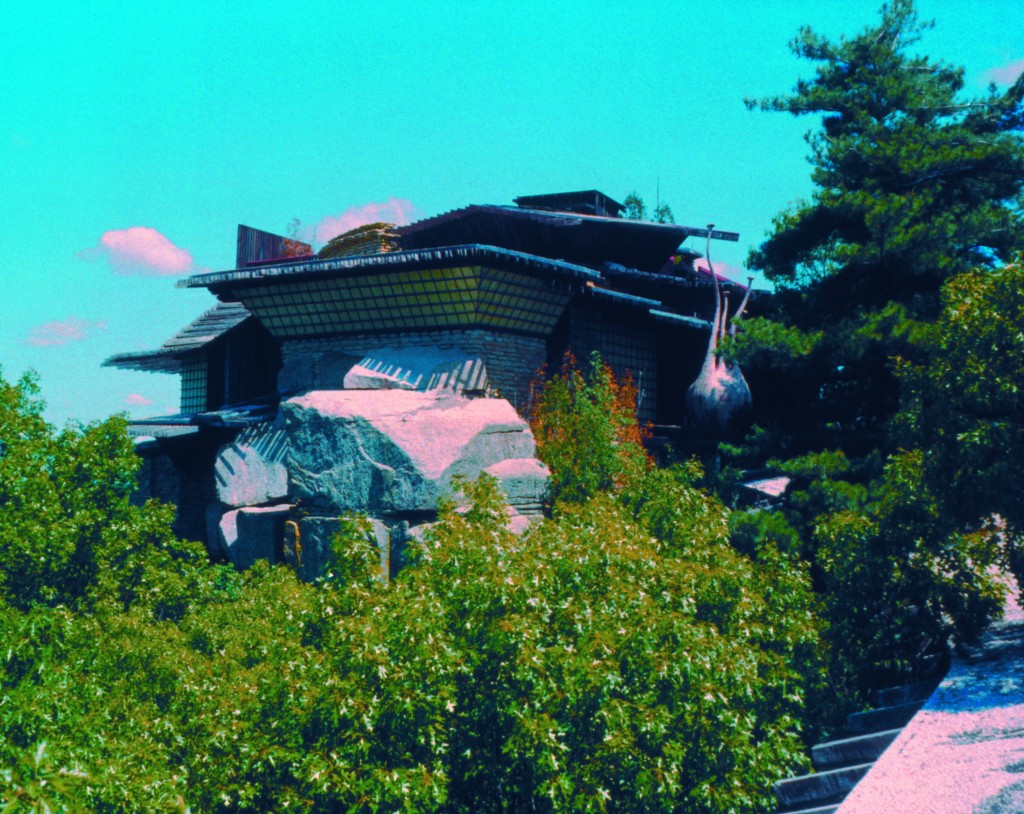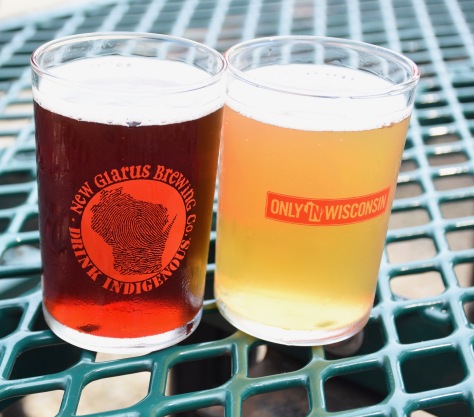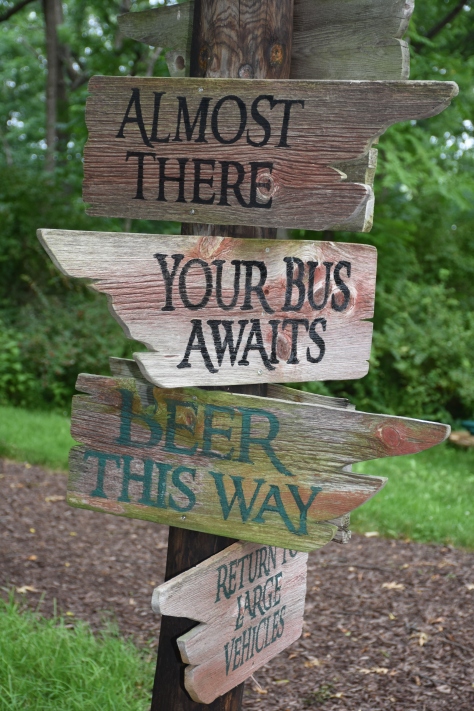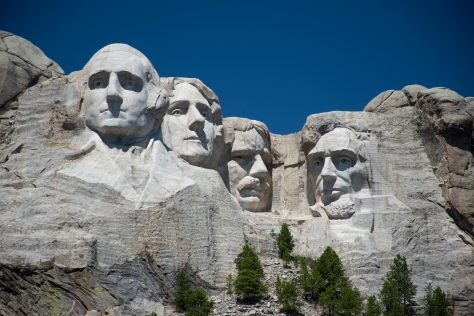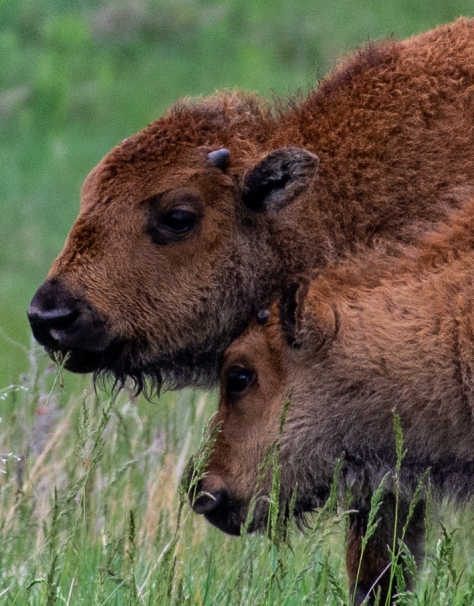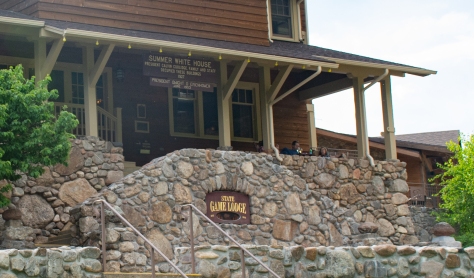A Wyoming vacation delivers gorgeous western scenery, Native American art, cowboys, polo players, hiking and open spaces. Read these great books to conjure up the spirit of the west before you go.
You won’t find many people in Wyoming. At about 600,000, the Cowboy State tallies the smallest population in the U.S. That’s around six people per square mile. Cattle outnumber humans by far. So, if you come from a more populated place—such as either of the U.S. coasts—Wyoming’s open space in itself makes an amazing sight.
Though low on people, Wyoming’s emptiness is packed with some of the most unusual sights and citizens in the U.S. That includes the beloved and often crowded Yellowstone Park and Grand Teton National Parks. They’re great, but be sure to include other destinations in your road trip to experience some of this most iconic spots in the American West.




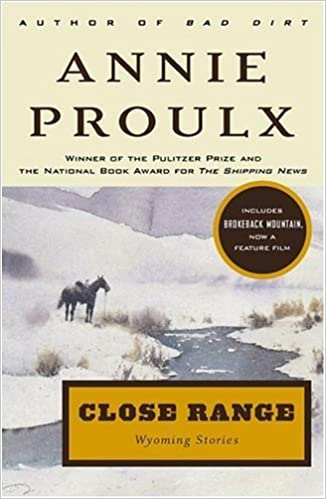

All those unblocked vistas leave plenty of room for the imagination. Its no wonder so many classic western novels are set in Wyoming—Shane, The Virginian, and My Friend Flicka to name a few. More contemporary authors also find inspiration in Wyoming’s rugged plains, mountains and canyons. Wyoming crime solvers such as Craig Johnson’s Sheriff Walt Longmire (books and Netflix series), C.J. Box’s game-warden-hero Joe Pickett and others (usually on horseback) always get the bad guys and stand against corruption despite any challenges nature throws at them. The region also inspired Annie Proulx’s story collection Close Range: Wyoming Stories of which “Brokeback Mountain” is one. Finally, I have to add Hank the Cowdog, our boys’ road trip favorite when they were little.
Close Encounters with Devils Tower
On our recent Wyoming road trip we drove from east to west along the state’s northern tier starting at Devil’s Tower, one of Earth’s most impressive geological features. Rising 1,267 feet above the Belle Fourche River, the monolith creates a sight so unusual it made the perfect location for aliens to land in Steven Spielberg’s classic sci-fi movie “Close Encounters of the Third Kind.” Watch it before you go.

From the highway, you can see Devil’s Tower off in the distance but don’t just pass by. It’s worth a closer look. Hike the 1.3-mile Tower Trail around the base to see how different it looks (often resembling a giant bunch of rocky pencils from various sides and in different light. You’ll see small, colored bundles of cloth around the base of Devils Tower that are sacred offerings left by Native Americans for whom the tower is a cultural and religious focal point.
Cowpokes, Polo Ponies and Art in Sheridan and Big Horn
Not far from Devils Tower we veered north on I-90 to visit Sheridan, a town of almost 18,000 people set next to the 1.1 million acres of forested mountains and rolling grasslands of the Bighorn National Forest.

We enjoyed a tasty lunch at Frackleton’s then headed down Main Street to King’s Saddlery which carries tack any “cowboy, cowgirl and city-slicker” could need such as saddles, ropes, bridles, bits, headstalls, reins, halters, roping equipment, barrel racing equipment, saddle bags, saddle blankets and slickers. Even if you’re not in the market for a new saddle, you have to see King’s. In the back of the store you’ll find folks finishing ropes and working on saddles to customers’ specifications.
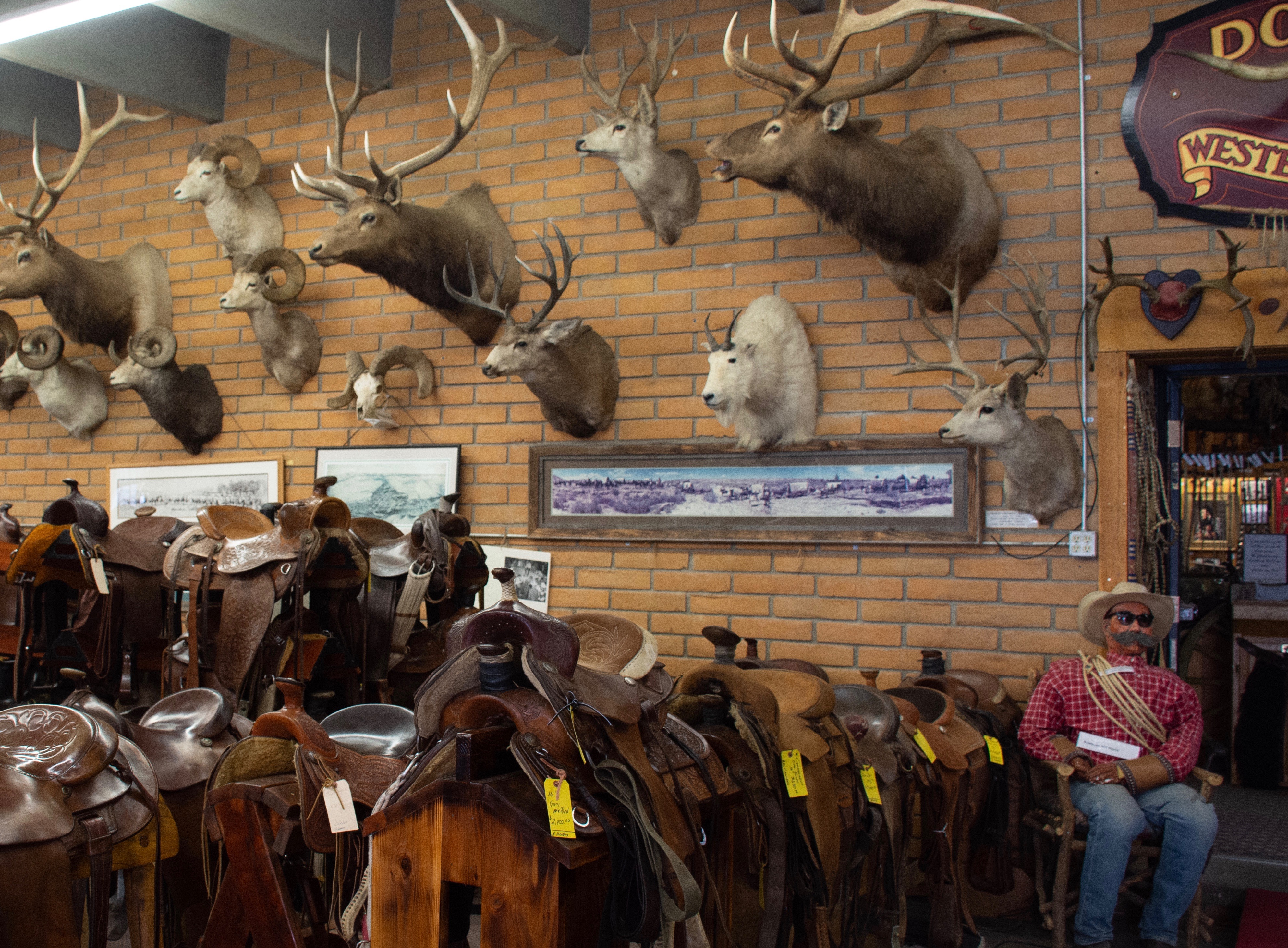
Ask to see the Don King Museum, a little gem out behind the store. It’s free. You’re welcome to explore the collection of old west memorabilia including a collection of hand-tooled saddles for which Don King, the store’s founder, was famous along with wagons, coaches, Indian artifacts, guns, Western tack and original artwork.
Head down the street to take a peek at the famous Mint Bar, the watering hole that’s been wetting whistles in Sheridan since 1907. I felt like I should be wearing cowboy boots and spurs. The ultimate in farmhouse decor, the Mint’s walls feature over 9,000 cattle brands from around Wyoming.
In its early years Sheridan’s social life centered on bars, pool halls and brothels around Main Street. The Sheridan Inn must also have been a lively place then. William F. “Buffalo Bill” Cody used it as his headquarters during tryouts for his Wild West show. You can stay at the Inn where each room is themed around the iconic Western personalities.
Stroll down Main Street and you’ll soon get the idea that, despite its western roots, Sheridan is no mere “cowtown.” An abundance of terrific statues line the street and other areas. The city’s public art project has brought at least 60 unique pieces of outdoor art to the downtown and made it something of a community phenomenon.

In the tiny town of Big Horn, right next door to Sheridan, they focus more on polo ponies than cattle horses. The posh sport of polo seems a bit out character for this rugged region, yet Big Horn has been a polo hub since the 1890s when aristocrats from England and Scotland made their way to Wyoming. For example, William and Malcom Moncreiffe settled in Big Horn and established a successful business raising registered sheep. They also played an important role in bringing the sport of polo to the area. Now, notable players from all over the world head to Big Horn every year for the summer polo season.

Also tucked back in the Big Horn area, we found the elegant Brinton Museum located on the 620-acre Quarter Circle A Ranch that originally belonged to William Moncreiffe. You can tour the historic ranch house as well as the museum dedicated to Native American art and culture as well as American fine and decorative art.
“Absaroka” County
We left Big Horn and headed south on I-90 toward Buffalo, the town upon which author Craig Johnson’s modeled his fictional town of Durant in his Longmire crime series. Take special note of the landscape in this area. You’ll see the terrain of “Absaroka” County that Sheriff Walt Longmire and his smart-alecky crew inhabit. Buffalo celebrates “Longmire Days” annually.
Traveling from Buffalo, we took U.S. 16 which becomes the stunning Cloud Peak Skyway Scenic Byway. It rises over the southern portion of the Big Horn Mountains and offers breathtaking scenery, worth all the chugging our little RV did as we climbed to the peak at 9,666 feet. Then the road winds through the spectacular Tensleep Canyon. Thankfully it offers plenty of pullouts so even the driver can stop and ogle the view.
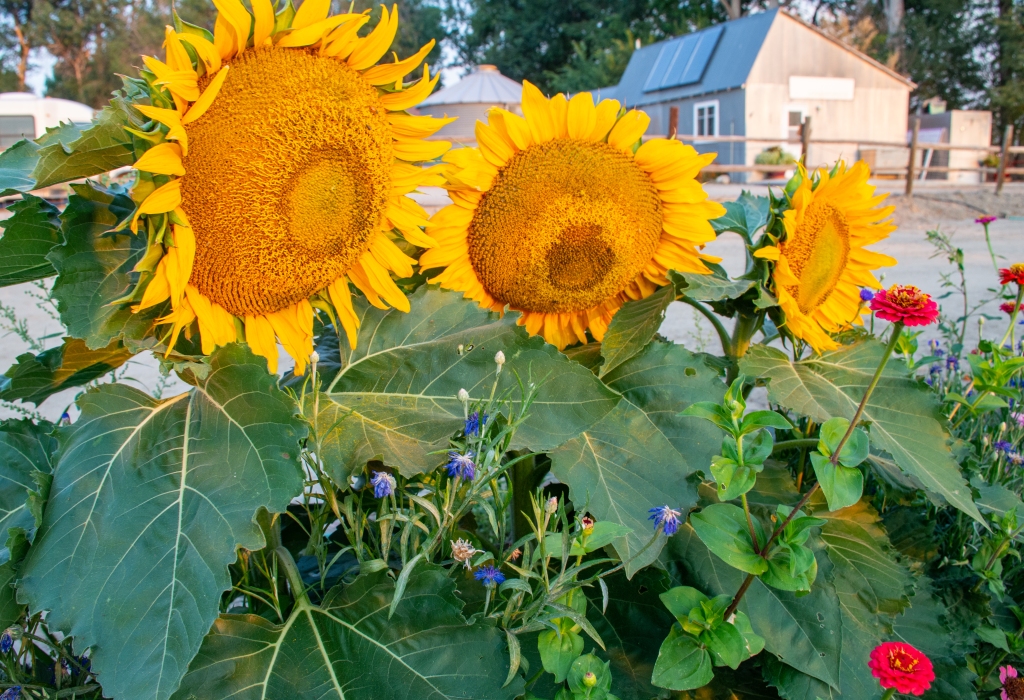

We’re members of Harvest Hosts, a program for RVers that allows members access to a network of wineries, farms, breweries, museums and other unique attractions where they can stay overnight. We spent the night at a farm near Shonshoni, on the Wyoming prairie with the mountains off in the distance.
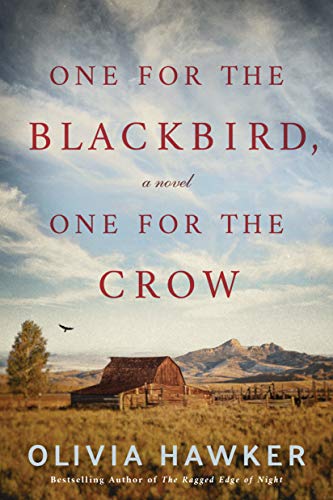
Land like this is the setting of One for the Blackbird, One for the Crow by Olivia Hawker, set in the 1870s. In the story, a man kills his neighbor after he catches him “in flagrante” with his wife. He then goes to jail, which leaves the two wives alone with their children to fend for themselves during the brutal Wyoming winter. It’s action-packed and gives a pretty good idea of the hardship of life in Wyoming at that time.
On the westernmost side of the state, we arrived at our final destinations of Grand Teton National Park and Yellowstone National Park. We visit those places over and over, but we were happy that this time we had also included in our trip a few of the other great destinations–and that wide open space– that Wyoming offers.
